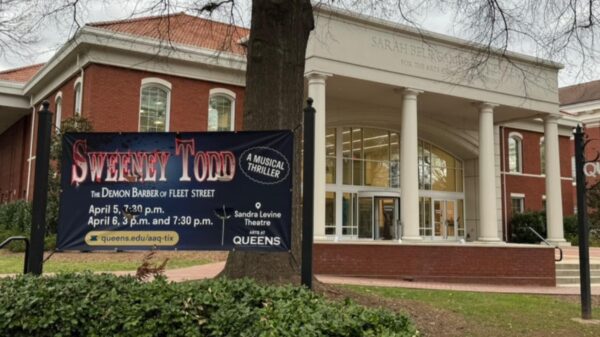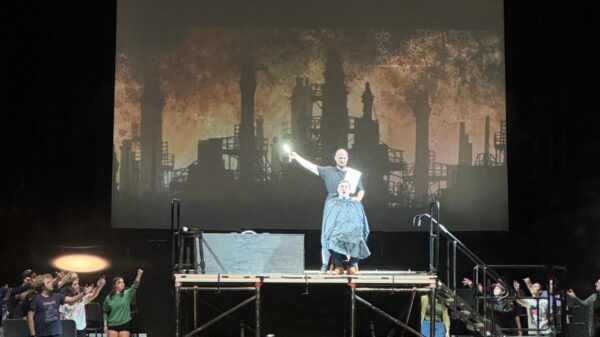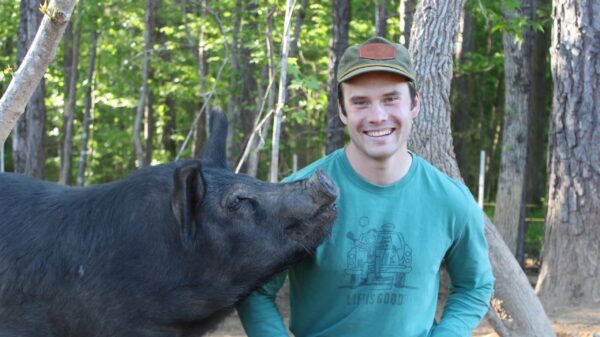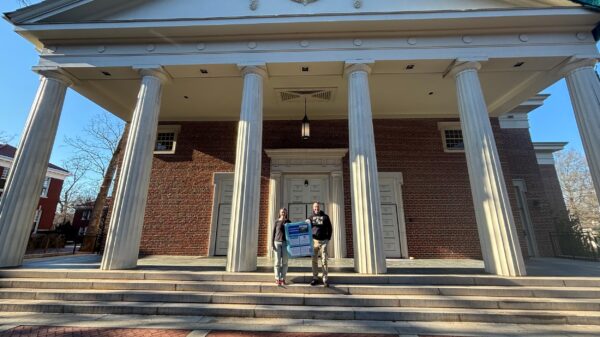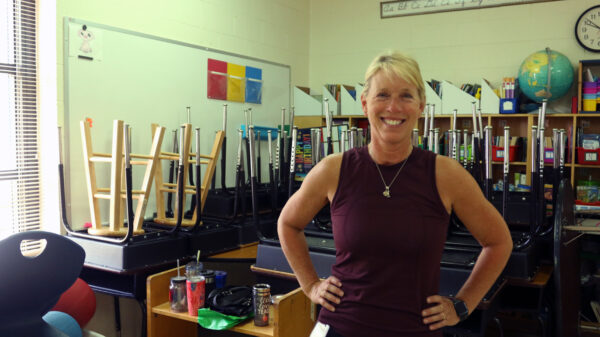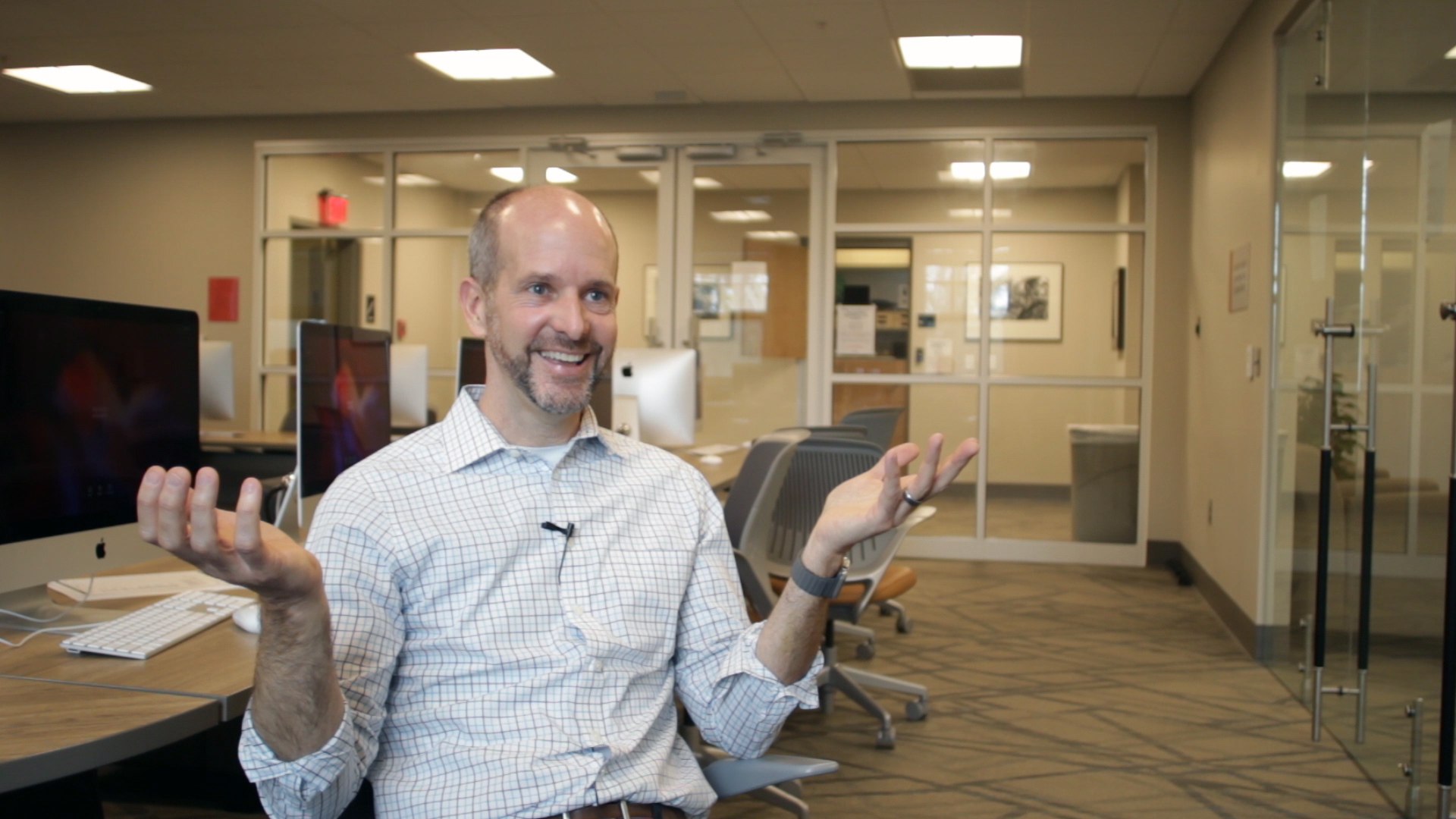Charlotte meteorologist Brad Panovich realizes people are hungry for more information on climate change, even though time constraints in his daily forecasts limit how much explanation he can devote to it.
That’s why Panovich takes advantage of the time and space available in social media and speaking engagements to explain the subject. In the last couple of decades he has seen a great increase in the number of people who want more information, and he is only one among thousands of American meteorologists dealing with the issue. And a new United Nations report issued in February indicates global warming is getting worse.
“We do pretty heavy research on our audiences and the overwhelming majority of people want information about climate change. They really do,” Panovich said. At his frequent speaking engagements with civic groups, climate change is the main topic audiences want to hear about.
“People are really starving for information and they want it from somebody who’s not a politician, and who’s not an activist, but someone who is just a scientist,” he said. “And one of the benefits I have as a local meteorologist is people tend to look at me as an unbiased scientist and kind of somebody who’s going to give them the straight facts.” A 2013 Yale University study of television viewers in two South Carolina cities indicated people trust their local meteorologist for information about climate change – especially politically conservative viewers.
In addition to television news consumers, Panovich has a large social media following, with nearly 100,000 Twitter followers and 48,500 Instagram followers. He increasingly uses these platforms to distribute facts about climate change. Panovich is also influential nationally among his peers, and the American Meteorological Society named him broadcast meteorologist of the year in 2018.
Panovich explained that something as simple as an extra 1 or 2 inches added to the precipitable water measurement can profoundly change the way meteorologists review data. Precipitable water provides an indicator of how much rainfall could fall in an extremely short amount of time.
“A heavy precipitable water event maybe 20 years ago might have been an inch, inch-and-a-half, 2 inches. And the last five to 10 years, I’ve seen events where we’ve had 3-inch precipitable water in the atmosphere, which is just off the charts. You usually never seen that in a whole career.”

Chart from Panovich.
Providing daily weather television forecasts is probably the easiest part of his job, Panovich said. He spends a large amount of time in meetings with WCNC’s other five meteorologists. Like many Americans, one of their hottest recent discussion topics is the impact of climate change on weather patterns.
“Initially, there was a lot of pushback, because it’s been politicized so much,” Panovich said. “And one of the great things about being a meteorologist is I can approach everything from a data and science driven point. I’m not talking about policy. I’m talking about just what’s happening, right?
“People get caught up in arguing about policy, which I think is unfortunate, because there are debates you can have about policy, but it doesn’t make the problem fake or hoax,” he said. Panovich sometimes illustrates the point with an analogy about poverty, an issue with multiple approaches to solutions.
“A lot of people want to deal with it through tax policy, whether you increase or decrease taxes, whether you increase or leave the minimum wage alone, whether you have training programs, right? These are political debates that we have all the time. But very few people go, ‘Well, I don’t like that policy. So I’m just going to pretend poverty doesn’t exist.’
“But for some reason, we’ve done that with climate change. And it’s very frustrating as a scientist, because it’s like, ‘Yeah, you may not agree with this policy, but it doesn’t mean that it’s not happening, right?’”

